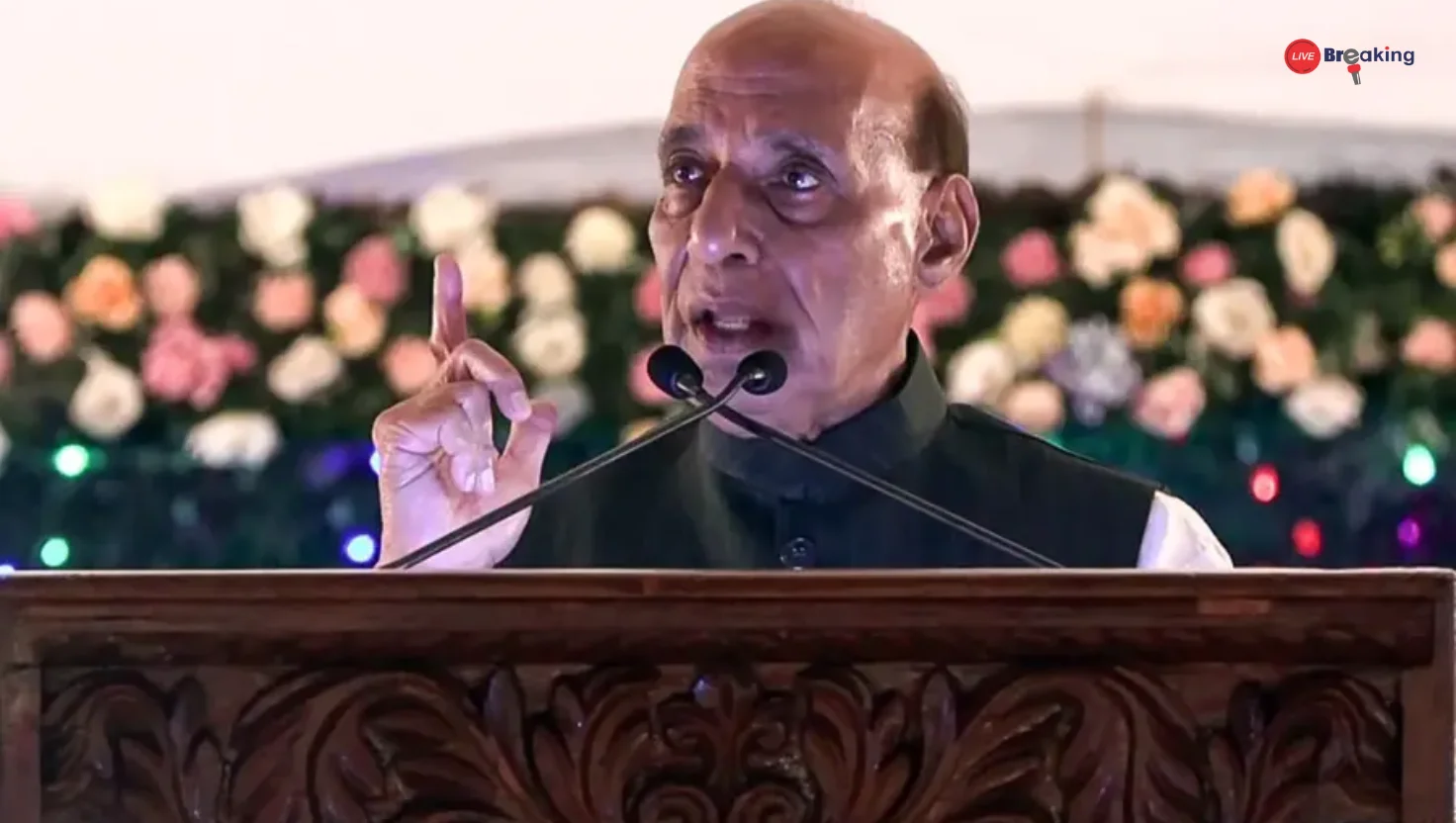India’s Big Warning To Pakistan Against Aggressive Approach Towards Sir Creek
The decades-old dispute over the Sir Creek region has once again come into the spotlight, with India issuing a strong warning to Pakistan against any aggressive moves. The caution comes at a time when border tensions, both on land and sea, have witnessed periodic flare-ups, raising concerns about the fragile peace in the area.
Sir Creek, a 96-kilometer strip of marshland in the Rann of Kutch, has long been a bone of contention between the two nations. While the dispute is geographical in nature—rooted in conflicting interpretations of colonial-era maps—it also carries major strategic and economic significance. The demarcation of the boundary directly impacts maritime rights, fishing zones, and even potential offshore energy reserves. This makes the disagreement far more than just a cartographic clash.
India’s Firm Stand
In its latest statement, India has made it clear that it will not tolerate any attempt by Pakistan to alter the status quo through coercive or aggressive postures. Officials have emphasized that disputes must be resolved through dialogue and legal mechanisms rather than provocation. By warning Pakistan, New Delhi is not only safeguarding its territorial claims but also sending a broader signal: any unilateral action will be met with a firm response.
Diplomatic insiders believe India’s warning is not an isolated message but part of a larger strategy to curb Pakistan’s assertive tactics in border negotiations. It reflects New Delhi’s growing confidence on the international stage and its willingness to assert its position without ambiguity.
Historical Background of the Dispute
The origins of the Sir Creek dispute date back to 1947, when India and Pakistan inherited boundaries based on colonial-era documents. India maintains that the boundary lies along the eastern bank of Sir Creek, as per the 1914 resolution between the rulers of Sindh and Kutch. Pakistan, however, claims the boundary runs along the mid-channel of the creek.
While the difference may appear technical, it has significant ramifications. The chosen line of demarcation decides how the Exclusive Economic Zones (EEZ) are drawn in the Arabian Sea, ultimately impacting fishing rights, navigation routes, and access to potential oil and gas deposits. For fishermen, particularly in Gujarat and Sindh, the absence of a clearly marked boundary has often led to arrests and jail time, deepening resentment on both sides.
Escalating Maritime Tensions
The Sir Creek area is not heavily populated, but its surrounding waters are frequently patrolled by naval and coast guard forces from both countries. There have been repeated instances of fishermen being detained for allegedly straying across the unmarked boundary. Each such incident fuels diplomatic tensions, and in recent years, patrol confrontations have heightened.
Read more: US Firms To Consider Shifting Work To India As Trump Hikes H-1B Visa Fee
India’s latest warning to Pakistan comes amid intelligence inputs suggesting increased Pakistani activity near the disputed stretch. This has been interpreted by Indian security analysts as a bid to test India’s resolve and internationalize the issue. Delhi’s response is therefore both preventive and assertive—seeking to avoid escalation while making clear that it will not back down.
Diplomatic Path or Confrontation?
While India has stressed dialogue as the preferred route, the warning highlights the thin line between negotiation and confrontation. Any aggressive action by Pakistan in Sir Creek could lead to a chain reaction, spilling into other areas of bilateral relations already strained by cross-border terrorism, trade restrictions, and political rhetoric.
Observers point out that the timing of the warning is significant. With regional geopolitics shifting—particularly the growing alignment of Pakistan with China and India’s strengthening ties with Western nations—each dispute carries wider international implications. The Sir Creek standoff may be local, but it ties into larger strategic rivalries in South Asia.
The Road Ahead
For decades, Sir Creek has been overshadowed by larger disputes like Kashmir, yet it remains unresolved and volatile. Previous attempts at joint surveys and technical committees have failed to produce a lasting settlement. India’s recent caution is a reminder that unless addressed diplomatically, even “smaller” disputes can snowball into flashpoints.
Read more: 100% Tariff Shock: Trump Targets Pharma Imports, India’s Exports at Risk
Going forward, India is expected to push for confidence-building measures, including mechanisms to protect fishermen and prevent accidental confrontations at sea. However, its strong warning underlines that these steps cannot succeed unless Pakistan refrains from adopting aggressive stances.
Conclusion
The Sir Creek dispute may be rooted in historical documents and boundary lines, but it is also about sovereignty, economic opportunity, and national pride. By warning Pakistan against aggression, India has sought to draw a red line while keeping the door for dialogue open. Whether this message leads to de-escalation or renewed friction depends largely on Pakistan’s response.
For now, Sir Creek remains a symbol of how unresolved issues from the past continue to shape the uneasy present between two nuclear-armed neighbors. The hope, however, is that wisdom will prevail over provocation, and diplomacy over aggression.













